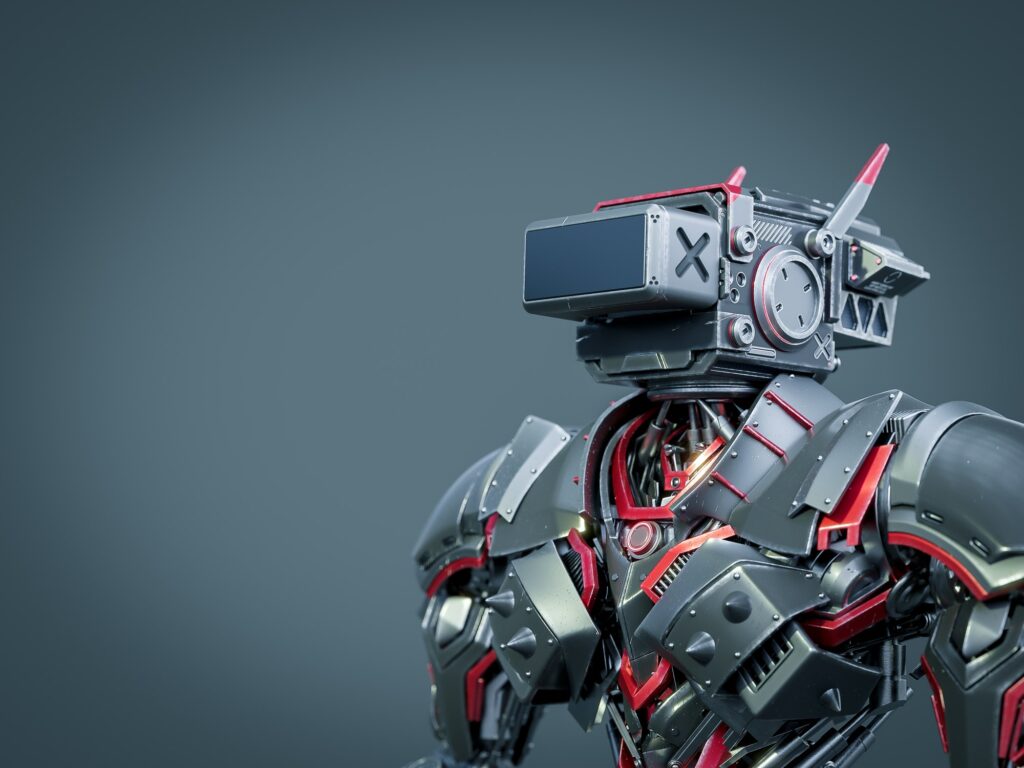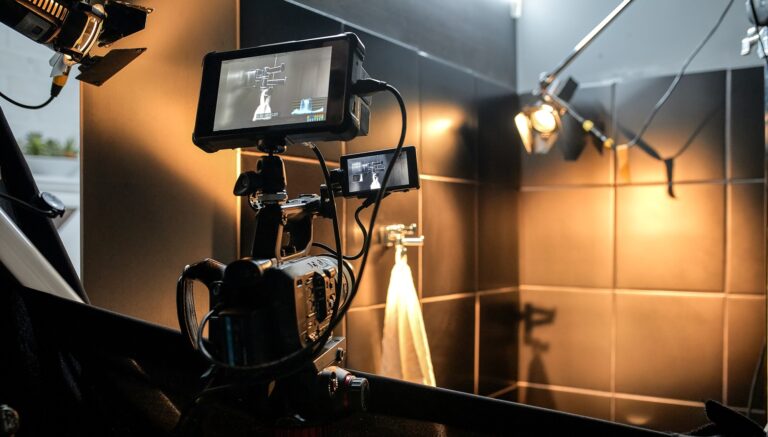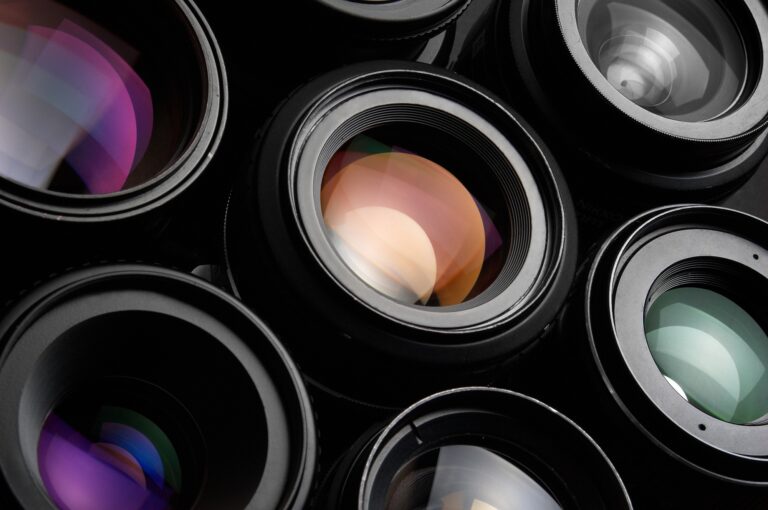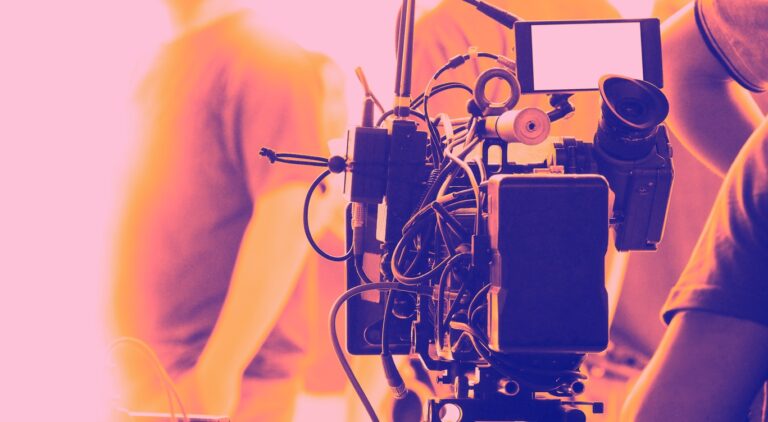For centuries, humans have craved the ability to tell stories beyond the limitations of reality. From cave paintings to CGI blockbusters, we’ve pushed the boundaries of visual storytelling, and the latest frontier is a fascinating mix of art and technology: **video avatars powered by artificial intelligence**.
These AI actors, meticulously crafted digital entities, are breathing new life into video production. Their movements, driven by complex algorithms, mimic human expression with uncanny realism. But it’s the intelligence behind the pixels that truly sets them apart. AI avatars can not only memorize scripts and deliver lip-synced dialogue but also adapt their delivery and gestures based on the context of the scene.
This opens up a Pandora’s box of possibilities for creators:
- Accessibility: Forget expensive casting and location shoots. AI avatars can be instantly deployed in any scenario, making video production more affordable and accessible for everyone, from solo YouTubers to small businesses.
- Globalization: Gone are the days of language barriers. AI avatars can speak with natural fluency in multiple languages, opening doors to a global audience.
- Personalization: Want a video narrator who looks and sounds just like your brand’s target audience? AI avatars can be customized to reflect any demographic, fostering deeper connections with viewers.
- Creative Freedom: Imagine a news anchor seamlessly transforming into a historical figure or a product explainer animated by a talking dog. AI avatars unleash the imagination, allowing creators to experiment with storytelling in ways never before possible.
The popularity of AI avatars
The increasing popularity and use of AI avatars is indeed a significant advancement in technology, but it is not devoid of issues. The most prominent of these are the ethical dilemmas that come to the forefront, which include the responsibility of representation and the protection against the misuse of AI technology, such as deepfakes and AI-generated misinformation.
The issue of responsible representation pertains to ensuring that AI avatars do not perpetuate harmful stereotypes or biases. For instance, an AI avatar should not be designed to depict a certain race or gender in a demeaning or stereotypical way. This is a complex task as AI developers must be aware of and sensitive to a wide range of cultural, racial, and gender norms and biases. AI companies will need to establish clear guidelines and policies to ensure their avatars are respectful and representative.
Another ethical concern is the risk of deepfakes and AI-generated misinformation. Deepfakes, which are hyper-realistic fake videos or audio recordings created with AI, pose a significant threat to the integrity of information. They can be used to spread false information, create fake news, and even manipulate public opinion. As AI avatars become more sophisticated, the potential for their misuse in creating deepfakes also increases. This necessitates the development of robust detection and verification systems to identify and combat deepfakes.
Beyond ethical concerns, there are also technical challenges associated with the rise of AI avatars. The technology is still in its infancy and is prone to glitches and so-called uncanny valley moments. The term “uncanny valley” refers to the discomfort people feel when they encounter an artificial representation that looks almost, but not quite, like a real human. These moments can break the immersion and make interactions with AI avatars feel unnatural and awkward.
For example, an AI avatar may display a facial expression that doesn’t quite match the emotion it’s supposed to represent, or its speech might be slightly out of sync with its mouth movements. These small discrepancies can be jarring for users and detract from the overall experience. Therefore, improving the realism and consistency of AI avatars is a key challenge for developers.
while the rise of AI avatars opens up exciting possibilities, it also raises a host of ethical and technical issues that need to be addressed. Navigating these challenges will be a critical part of the development and widespread adoption of this technology.
Despite these hurdles, the potential of AI-powered video avatars is undeniable. They represent a leap forward in storytelling, blurring the lines between reality and fiction, and democratizing video production for the masses. As the technology matures and ethical considerations are addressed, AI avatars can usher in a golden age of visual storytelling, where imagination truly knows no bounds.
This is just the beginning of the conversation. To delve deeper, consider exploring these questions:
- * What potential applications for AI avatars are you most excited about?
- * What ethical considerations need to be addressed as this technology develops?
- * Do you think AI avatars will eventually replace human actors?
Feel free to share your thoughts and join the discussion!
Read more on our blog





